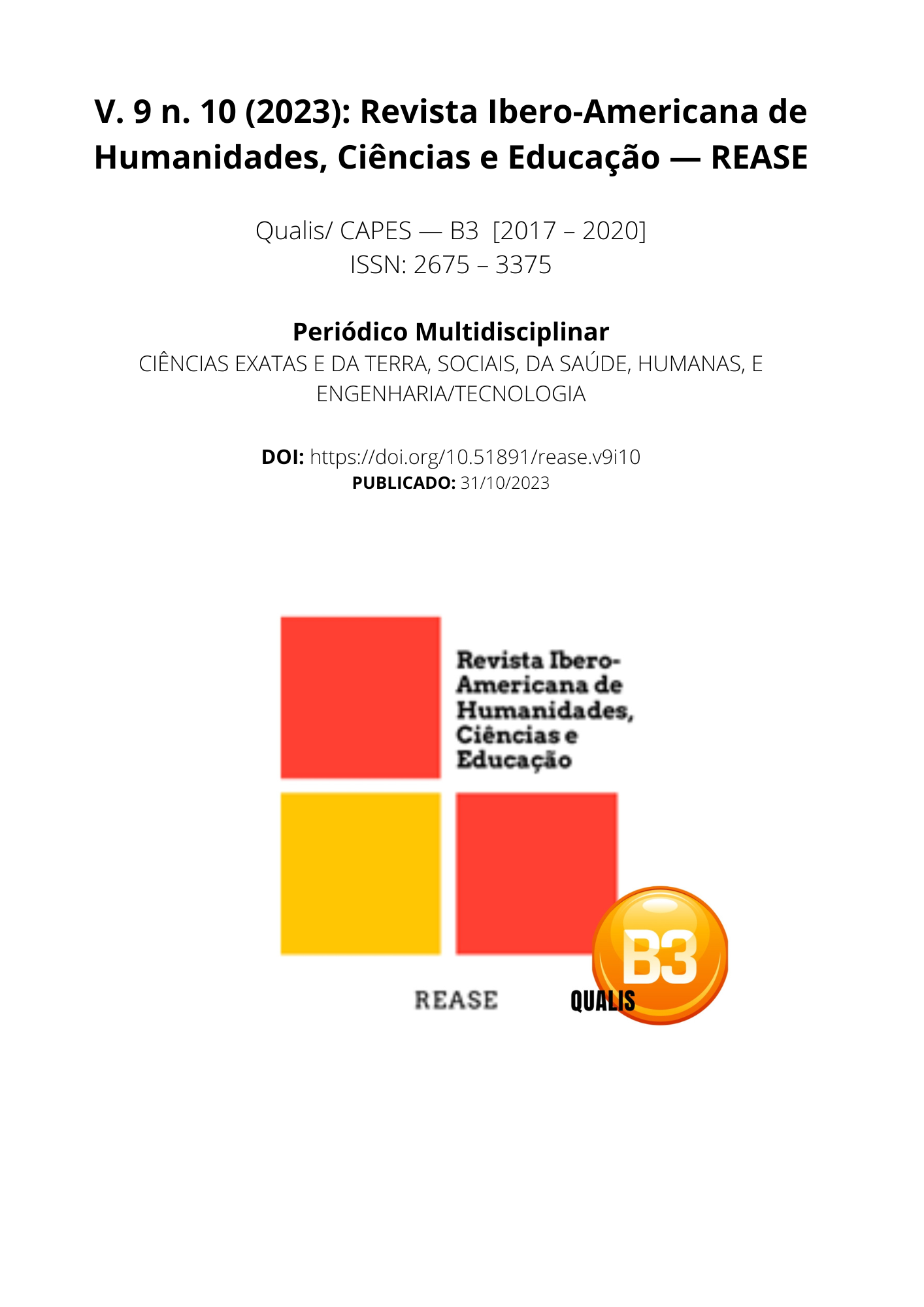THE IMPORTANCE OF THE BETTER HAPPY CHILDREN AND EARLY CHILDHOOD PROGRAM IN CHILDHOOD DEVELOPMENT
DOI:
https://doi.org/10.51891/rease.v9i10.10973Keywords:
Development. Children´s. Early Childhood.Abstract
The objective of the study is to analyze the view of those responsible for children who are part of the Happy Child Program (PCF) and Melhor Primeira Infância (PIM) in relation to the activities and results of the programs. Methodologically, it includes a qualitative, exploratory and applied approach, to be carried out in three municipalities in the state of Rio Grande do Sul, and bibliographical sources and, with the purpose of investigating and analyzing the significance of child development in early childhood. The research is justified due to the intrinsic relevance of understanding the importance of child development through programs. In the general context, the results do not reveal substantial differences in the perceptions of caregivers in the three municipalities, emphasizing that the programs have been effective in meeting the expectations of their beneficiaries. Therefore, it is anticipated that the results of this study will provide a better understanding of the perception of the beneficiary families of this policy, when seeking to understand and evaluate the activities of the PCF and PIM in the state of Rio Grande do Sul. It is believed that this research can function as a program evaluation tool, able to present to society the results obtained in the region under study and, thus, guide the formulation of new actions.
Downloads
Downloads
Published
How to Cite
Issue
Section
Categories
License
Atribuição CC BY

